Rubber flooring: The eco-friendly option worth a look for your home
If you haven’t considered rubber flooring for your home before then it might just be time to give it a chance. We explain the pros, cons, costs and installation methods involved
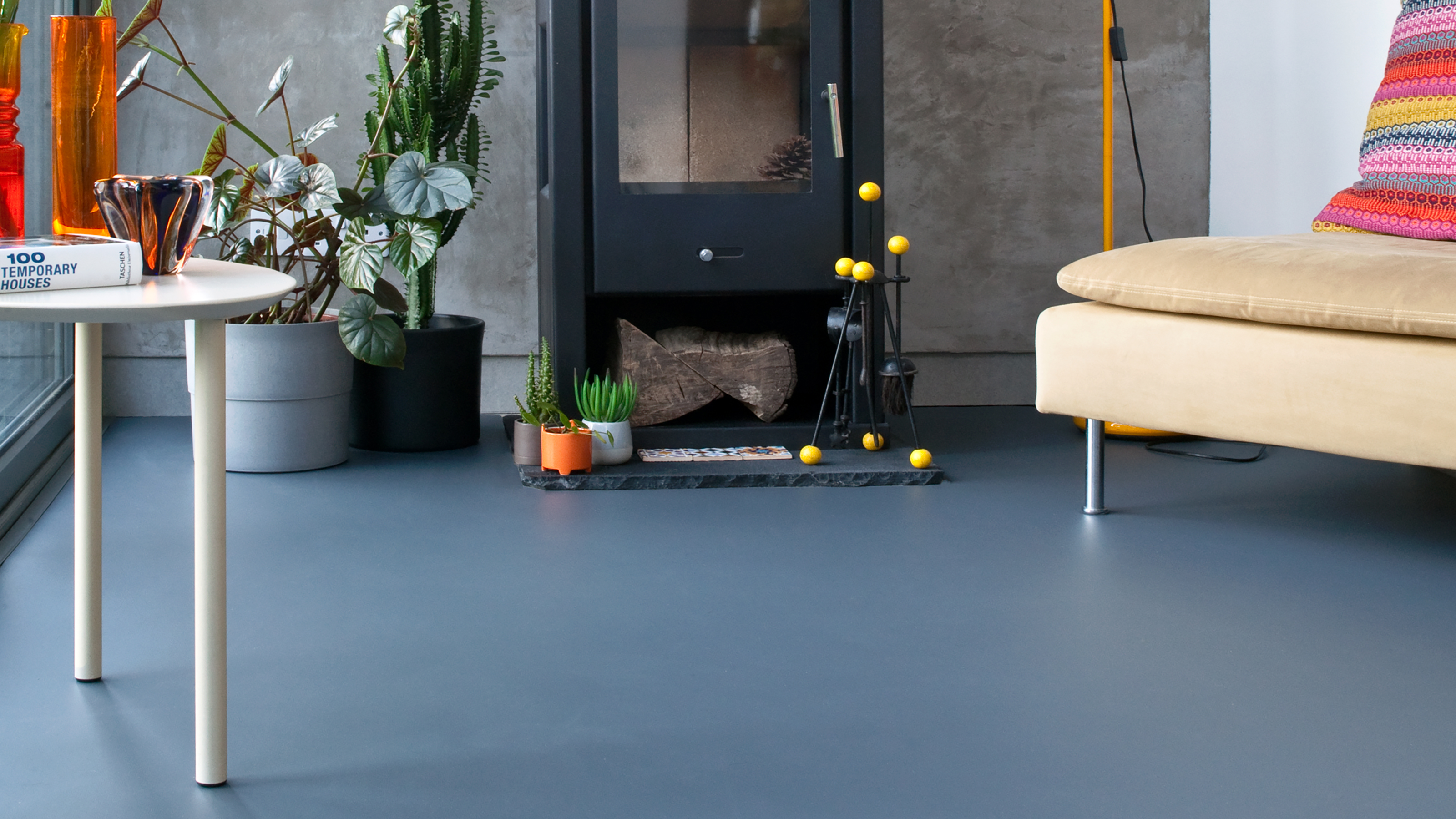
As types of flooring go, rubber flooring is not always the first to spring to mind. Often thought of as the reserve of gyms or children’s play centres, this material actually has an awful lot going for it for those after a practical and beautiful flooring choice for their home.
Rubber flooring comes in a wide range of patterns, finishes, textures and colours and is suitable for all kinds of rooms — plus many ranges are highly eco-friendly too.
In this guide, we take a look at the advantages and disadvantages of rubber flooring to help you decide whether it is an option that will be right for you. We also take a look at what you are likely to have to pay for a rubber floor.
What is rubber flooring?
Rubber flooring comes in many guises and can be made using several different methods. Some rubber flooring is made using natural rubber, harvested from rubber trees, while others are synthetic rubber. It is also possible to find recycled rubber, as well as products that combine resin and are designed to be poured in situ.
Natural rubber, also known as virgin rubber, comes from the latex taken from the trunk of rubber trees. It tends to be a little less durable than the synthetic and recycled rubbers commonly used in gyms and industrial settings.
Synthetic rubber is usually made from SBR (Styrene Butadiene Rubber), EPDM (Ethylene Propylene Diene Monomer), Nitrile, Neoprene and Silicone.
Recycled rubber reuses products such as discarded vehicle tyres and shreds, often combined with polymer resins.
Rubber flooring is sold in rolls, as tiles with interlocking edges or as straight edged tiles. It can also be poured, as mentioned above.
Where can you use rubber flooring?
Rubber flooring can be used in all kinds of rooms but before deciding on where you install it in your home, it pays to think about what you want from your flooring in that particular space. In kitchens, for example, an easy-to-clean, stain-resistant flooring is usually preferable, whereas when it comes to bathroom flooring, waterproof qualities are likely to be high on the priority list. In living rooms and bedrooms, something nice and soft underfoot is usually the order of the day. While rubber flooring can be used anywhere you like, familiarising yourself with its principle pros and cons should help you decide which rooms in your home it will be best suited to.
Advantages of rubber flooring:
- Durable — guarantees of 10 years or more are common
- Soft and warm underfoot
- Usually suitable for use with underfloor heating (check with your manufacturer)
- Quiet underfoot with good soundproofing qualities
- Sustainable (do check the eco-credentials of the products you are interested in though)
- Water resistant
- Easy to install
Disadvantages of rubber flooring:
- Can be prone to surface scratches
- Colours can fade when exposed for long periods to sunlight
- Some (not all) products can be slippery when wet
- Can lack the warm appearance of wood flooring or carpet in living spaces
How is rubber flooring laid?
Rubber flooring is most commonly sold as sheet rubber, supplied in rolls or as tiles. Both are usually glued down to the subfloor, although some interlocking tiles are designed to click together and are fitted as a floated floor — this is less common though.
Sometimes rubber is fitted over an underlay, but some products come complete with an extra layer incorporated into the sheet or tile for extra comfort.
Providing the subfloor is sound and level, rubber flooring can be laid over most floors, including existing tiles.
Although people do lay rubber flooring on a DIY basis, if you plan on installing it in a bathroom or space where it is likely to be exposed to water on a regular basis, it is well-worth calling in the professionals to ensure the seams and joins are well-formed.
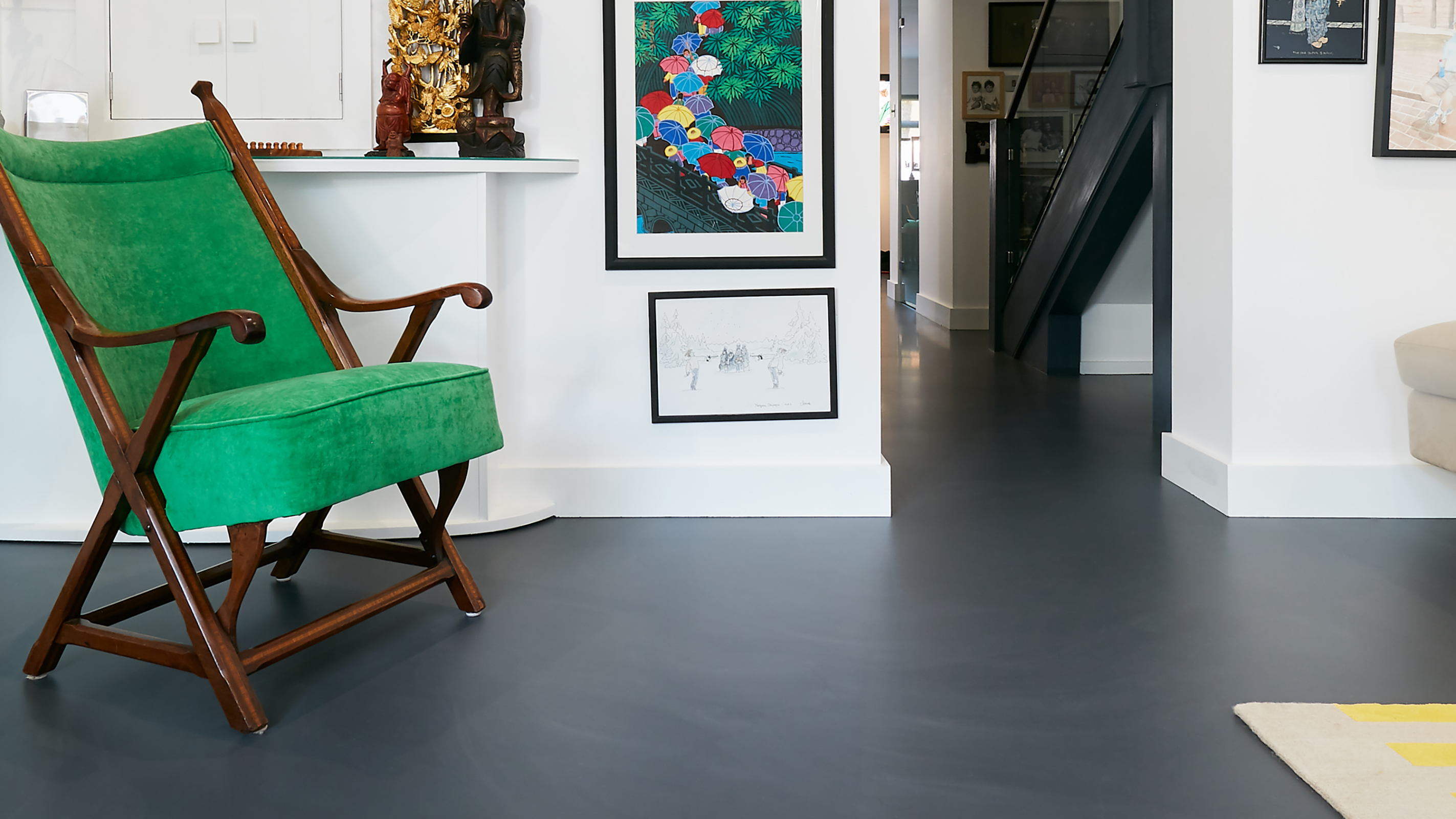
Is rubber flooring waterproof?
Yes, rubber flooring is waterproof so is a great option for those looking for bathroom flooring ideas, as well as those looking for a floor that will be low-maintenance in utility rooms, kitchens and boot rooms.
That said, there are instances where it is not recommended.
“The wet room is the only room in the house we don’t recommend you use it in,” says Lena Corner, Director at The Colour Flooring Company. “While the flooring itself is waterproof, there’s a chance water can get underneath the floor round the edges of the room and affect the adhesive.
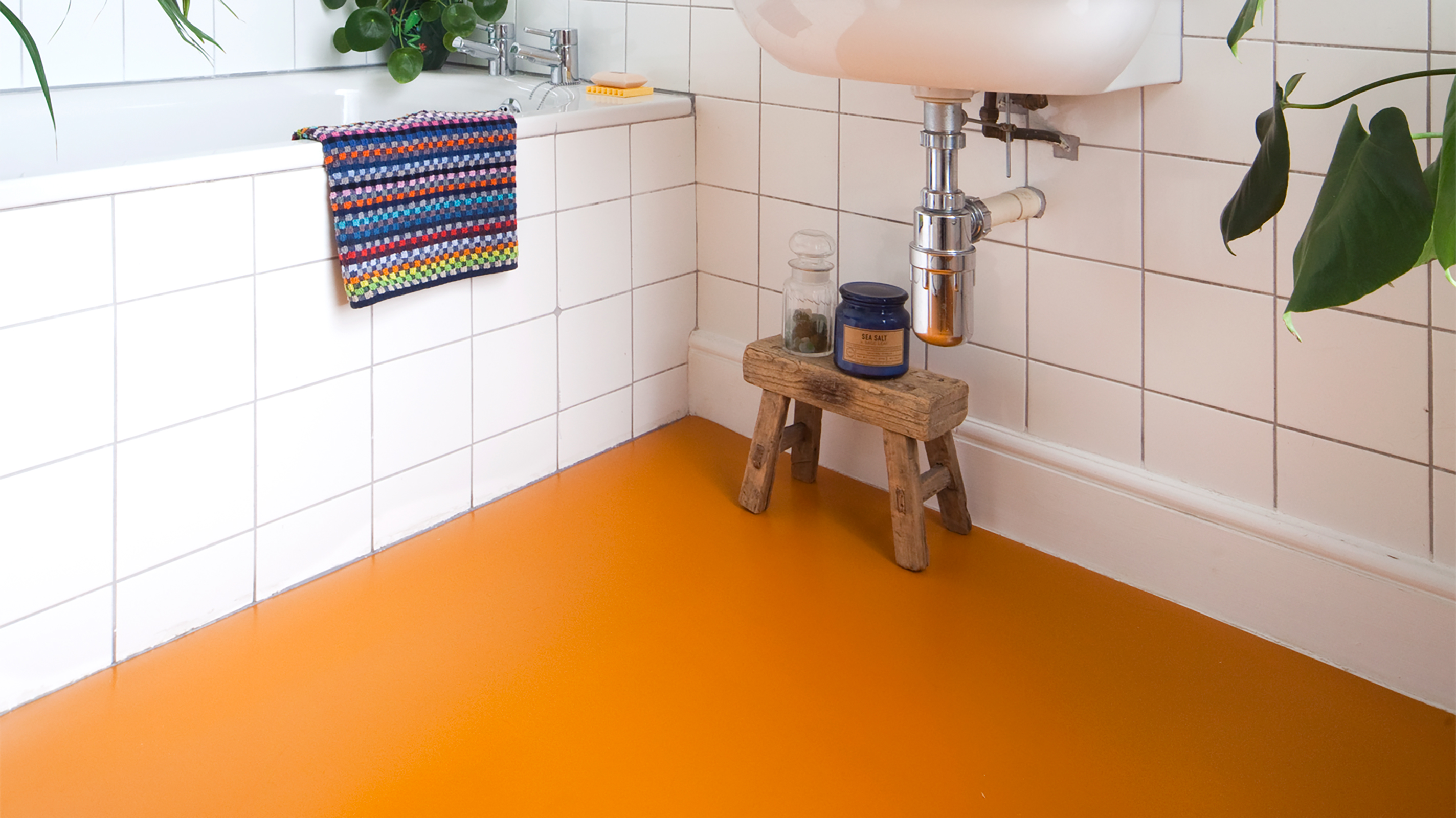
Is rubber flooring eco-friendly?
Manufacturers are constantly developing new ways of producing rubber flooring to improve its eco credentials, meaning some types are more sustainable than others.
In general, rubber is considered a good, eco-friendly choice, but you do need to take care when choosing.
It is generally best to avoid synthetic rubbers that are made using by-products of crude oils. If you opt for natural rubber harvested from trees then do check that it has been responsibly and sustainably harvested.
The best option in terms of sustainability is to opt for recycled rubber — it will have a lower environmental impact. Most rubber flooring is also 100% recyclable.
“Rubber is not only beautiful and warm under foot, it's eco-credentials make it one of the most sustainable floors on the market,” says Lena Corner of The Colour Flooring Company. “Our rubber holds the prestigious Blue Angel award for exceptionally eco-friendly products as well as the Air Comfort Gold on account of its very low emissions."
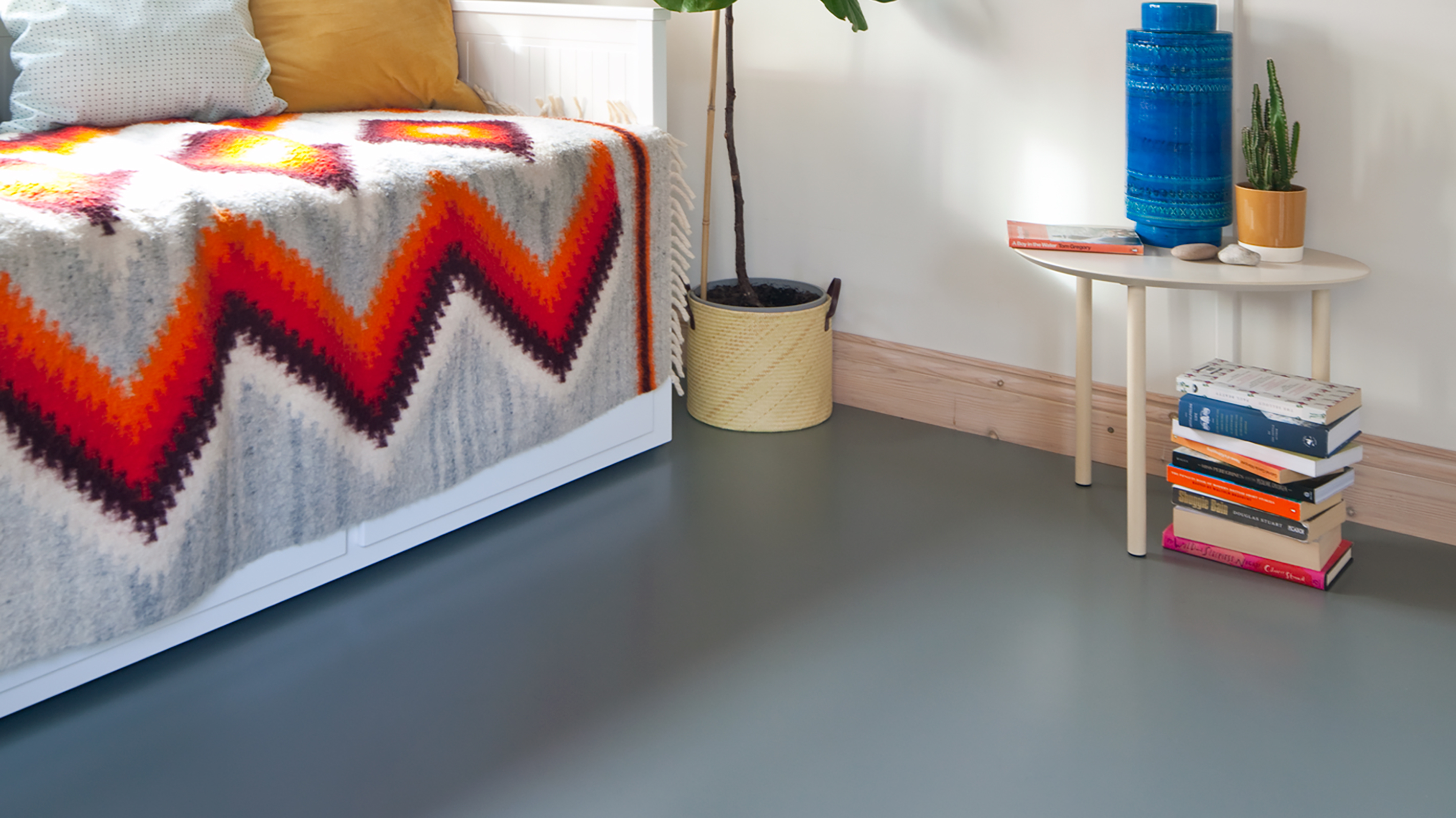
What is a poured rubber floor?
This type of flooring is often chosen by those after an alternative to poured concrete or anyone looking for a completely watertight solution for their wet room ideas.
They combine rubber with resins and are poured in situ into the space they are being installed in.
“Our poured rubber floors are warm and soft underfoot, making them perfect for residential environments,” says Isabel Dennis from Sphere 8.
“We provide environmentally friendly floors in any colour, and any design and there is a grade of this product that can go on the walls, allowing for a complimentary final finish throughout. It also works well with underfloor heating.”
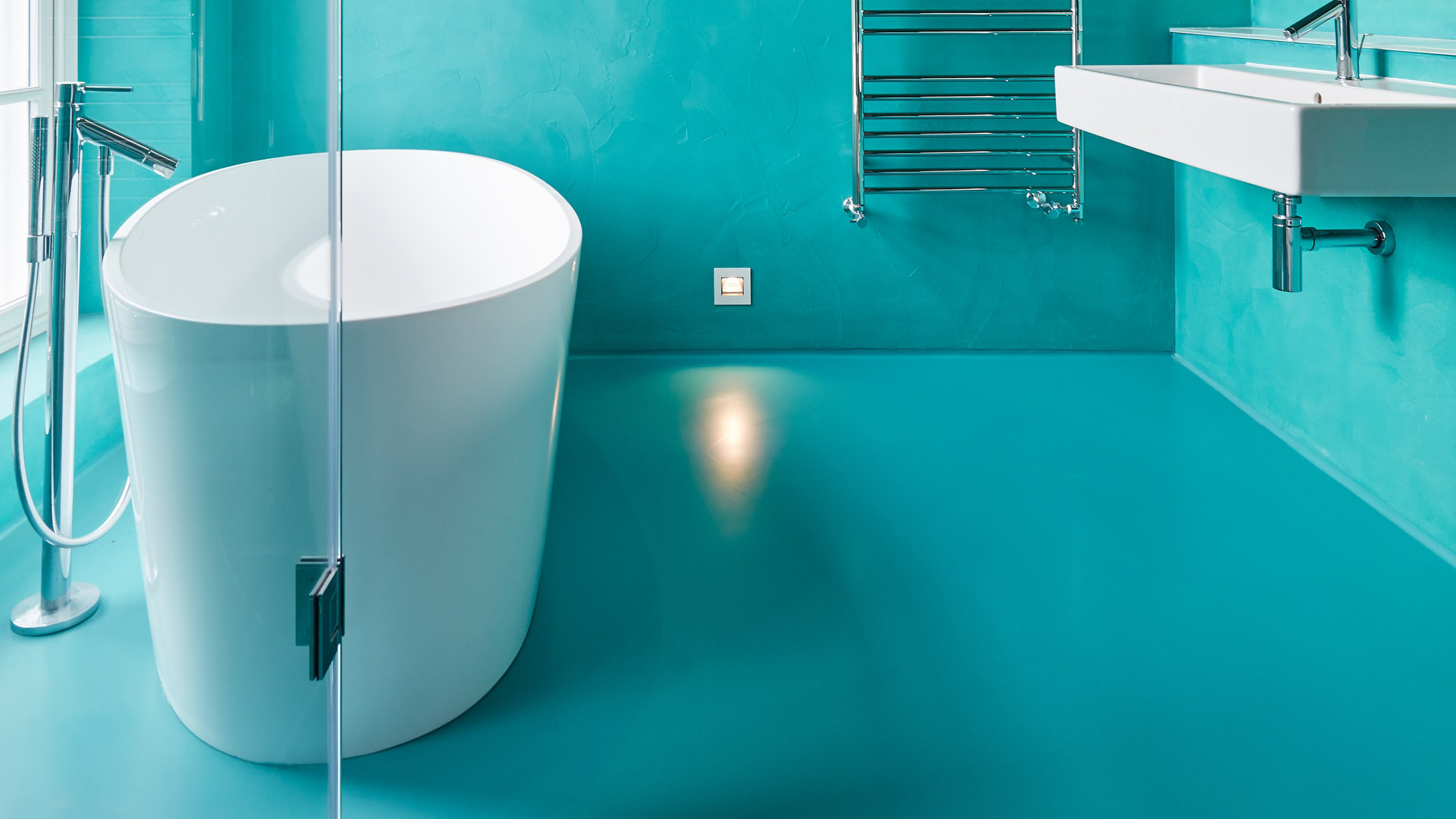
How much does rubber flooring cost?
As with all types of flooring, the cost of rubber varies.
Expect to pay between £40-£65/m2 for rubber floor tiles and closer to £150/m2 for a poured resin floor.
Get the Homebuilding & Renovating Newsletter
Bring your dream home to life with expert advice, how to guides and design inspiration. Sign up for our newsletter and get two free tickets to a Homebuilding & Renovating Show near you.
Natasha was Homebuilding & Renovating’s Associate Content Editor and was a member of the Homebuilding team for over two decades. In her role on Homebuilding & Renovating she imparted her knowledge on a wide range of renovation topics, from window condensation to renovating bathrooms, to removing walls and adding an extension. She continues to write for Homebuilding on these topics, and more. An experienced journalist and renovation expert, she also writes for a number of other homes titles, including Homes & Gardens and Ideal Homes. Over the years Natasha has renovated and carried out a side extension to a Victorian terrace. She is currently living in the rural Edwardian cottage she renovated and extended on a largely DIY basis, living on site for the duration of the project.

